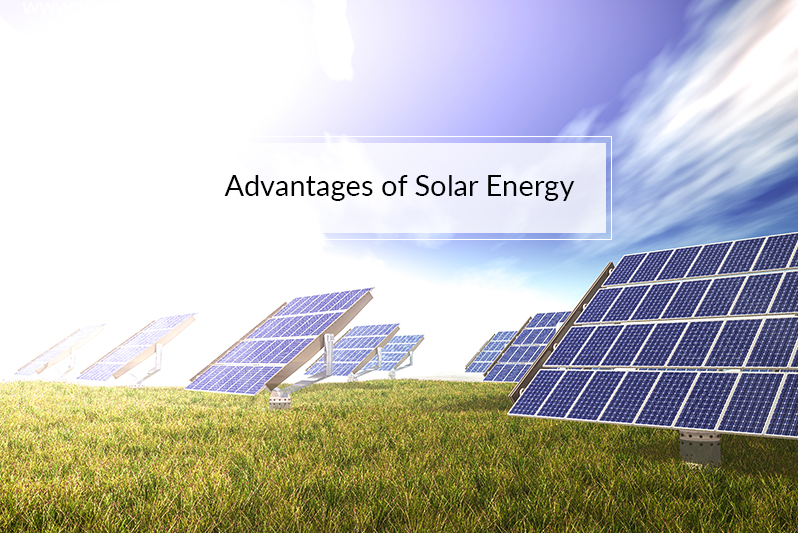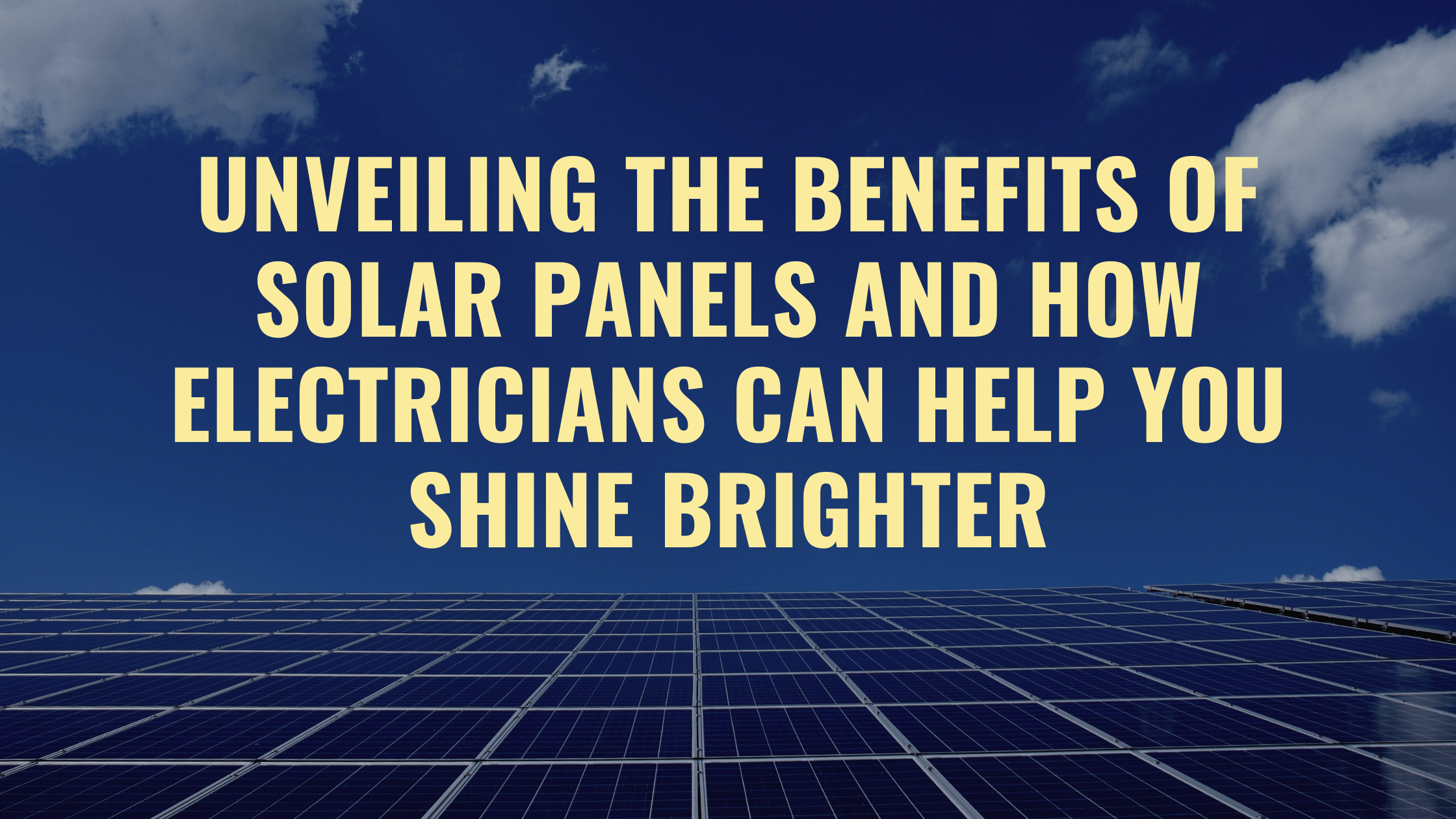Discover Affordable Solar Solutions with Simply Solar Illinois for Residential Needs
Discover Affordable Solar Solutions with Simply Solar Illinois for Residential Needs
Blog Article
Solar Energy 101: A Novice's Guide to Sustainable Power Solutions
As the globe significantly moves towards lasting energy services, understanding the principles of solar power ends up being crucial for both people and businesses. This guide gives a detailed summary of solar energy, describing the different systems readily available and the systems behind their operation. By exploring the benefits of solar innovation, along with the monetary motivations and setup processes, one can get a clearer viewpoint on how to properly integrate this renewable energy into their power strategy. The trip toward taking on solar energy invites more evaluation of the difficulties and factors to consider that come with it.
Comprehending Solar Power
At its core, understanding solar energy involves realizing the basic concepts of just how sunshine can be exchanged useful electrical energy. Solar power is originated from the sunlight's radiation, which can be taken advantage of via different modern technologies. The key device for this conversion is the photovoltaic or pv result. This sensation happens when sunlight strikes semiconductor materials, normally silicon-based, within solar cells. The power from the sunlight excites electrons in the semiconductor, permitting them to move openly and produce direct current (DC) electrical energy.

Recognizing solar power additionally entails identifying its ecological advantages. By making use of sunlight, we can reduce greenhouse gas emissions and decrease air pollution, adding to a more lasting future. The advancements in technology and efficiency of solar systems remain to boost their viability, making solar energy an increasingly attractive alternative for global power requirements.
Types of Solar Energy Solutions
Various kinds of solar energy systems are commonly used to harness solar energy for electrical power generation. The primary groups consist of photovoltaic or pv (PV) systems, concentrating solar energy (CSP) systems, and solar thermal systems.
Solar systems make use of solar panels made up of silicon cells that convert sunlight straight right into electricity. These systems are functional and can be installed on roofs, ground mounts, or incorporated into structure materials.
Focusing Solar energy systems, on the other hand, utilize mirrors or lenses to concentrate sunshine onto a small area, producing warmth that drives a steam generator to produce electrical energy - Simply Solar Illinois. CSP systems are typically deployed in massive power plants and require direct sunshine, making them much less suitable for gloomy areas

Each kind of solar power system has its one-of-a-kind attributes, applications, and suitability relying on geographic area, energy needs, and spending plan, making it important to assess options based upon specific official site conditions. - Simply Solar Illinois

Benefits of Solar Power
Utilizing solar power through different systems not just gives a sustainable method to generate power but also provides a wide range of benefits. Among one of the most substantial benefits is the decrease in greenhouse gas discharges, contributing to a cleaner environment and combating climate change. Solar power is eco-friendly, suggesting it is infinite and offered as long as the sun shines, unlike nonrenewable fuel sources, which are limited and depleting.
Furthermore, solar energy can bring about considerable expense savings gradually. Homeowners and organizations can minimize their electrical energy bills significantly, and in a lot of cases, they may gain credits for excess power produced via web metering. Additionally, the solar market creates work, from manufacturing to setup, stimulating local economic situations.
One more engaging benefit is energy freedom. By generating their own electricity, people and communities can minimize reliance on outside power sources, improving resilience against rising and fall energy rates and supply interruptions. Solar energy systems call for minimal upkeep, making them a convenient alternative for sustainable power generation.
Installation Refine Introduction
The installation process for solar power systems typically includes several essential steps that make certain reliable combination into a residential property. Originally, an extensive website evaluation is performed to assess the roof covering's positioning, shading, and structural stability, which are important to enhancing solar panel performance. Following this analysis, the check here style stage begins, where a customized solar energy system is configured based upon the property owner's energy demands and preferences.
Once the layout is settled, the necessary licenses and authorizations are acquired from neighborhood authorities, making certain compliance with policies. The real installation includes installing the photovoltaic panels on the roofing system or ground, linking them to an inverter, and incorporating the system with the home's electric arrangement. This stage might likewise involve mounting battery storage space systems, depending upon the design.
After installment, a comprehensive evaluation is performed to validate the system's capability and safety and security. Lastly, the system is commissioned, and house owners are educated on its operation and upkeep. With the setup full, the solar power system can begin creating renewable resource, contributing to sustainability and minimizing utility prices. This structured strategy makes certain pop over here that planetary systems are both efficient and reliable, optimizing their lasting advantages.
Financial Motivations and Savings
Discovering the economic motivations and savings associated with solar energy systems can considerably enhance the charm of making the button to eco-friendly power. One of the most remarkable motivations is the government solar tax obligation credit, which allows property owners to subtract a percentage of their solar system installation costs from their federal taxes.
In enhancement to tax obligation credit ratings, numerous states supply discounts that can additionally reduce in advance expenses. Some utility firms likewise offer performance-based incentives, rewarding solar energy manufacturing gradually. Financing alternatives, such as solar finances and leases, enable consumers to mount systems with little to no down settlement, making solar power more obtainable.

Long-term savings are one more critical element. By producing their very own electricity, property owners can dramatically reduce or perhaps eliminate their monthly energy costs. Additionally, solar systems can increase building values, offering a solid return on investment. Generally, the mix of motivations and cost savings makes solar power a financially eye-catching selection for several households.
Verdict
In final thought, solar power stands for a crucial element of lasting energy remedies, supplying a pathway towards reduced carbon impacts and enhanced ecological protection. Eventually, the shift to solar power not only promotes ecological obligation but likewise advertises financial cost savings and power self-reliance.
Report this page